The question “If a Low Glycemic Lifestyle nutritionally balanced?” is pretty common. One of the main concerns is potassium: “But potatoes, bananas, and raisins are very healthy! They are rich in potassium!”
The concern is reasonable because potassium is one of the most important nutrients. As an electrolyte, it helps conduct electricity in our body, which means:
- Enabling heart beating
- Squeezing blood through the vessels
- Transferring nerves’ impulses
- Filtering blood by kidneys
- Controlling the amount of water
- Maintaining a healthy pH level
- Conducting muscles’ movement
According to the National Academies’ Food and Nutrition Board, an adequate intake of potassium is 4.7 grams per day. Does it mean that avoiding potatoes, bananas, and raisins can put us at risk for potassium deficit?
No. Avoiding that food because of its high Glycemic Index, we consume other healthy foods with even higher potassium content.
The chart below shows comparison of different foods in terms of their potassium content (left axis) along with their Glycemic Index (right axis)
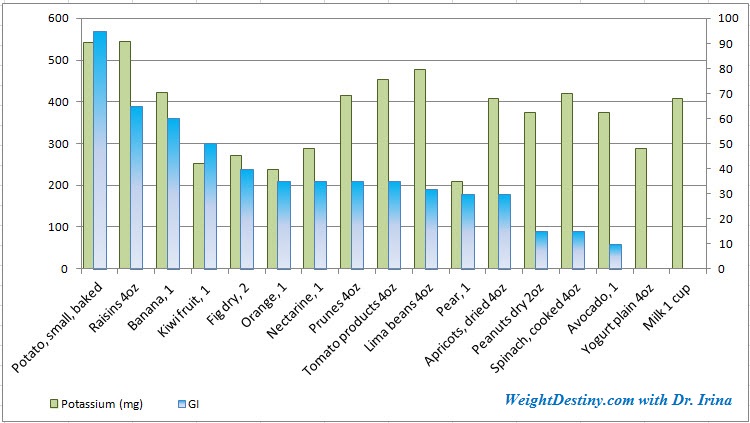
- Correlation Between Potassium Content and Glycemic Index of Foods
As you can see, many foods with Low Glycemic Index are rich in potassium as well:
- Lima beans
- Tomato products
- Spinach
- Prunes
- Dried apricots
- Avocado
- Peanuts
Milk products (which don’t have a Glycemic Index), are rich in potassium too.
Making a smart choice will help you stay away from harmful foods, while getting sufficient supply of important nutrients.


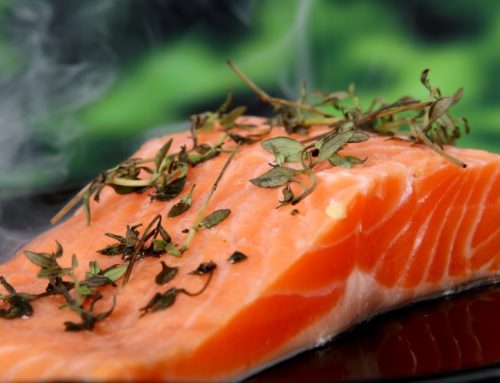
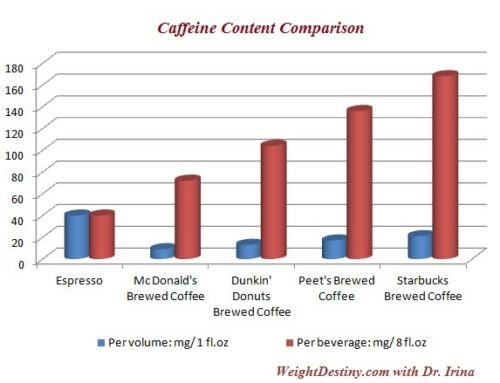
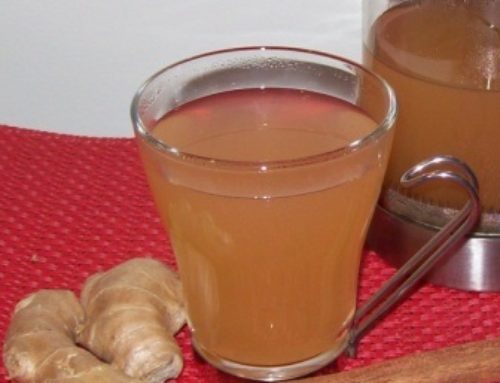

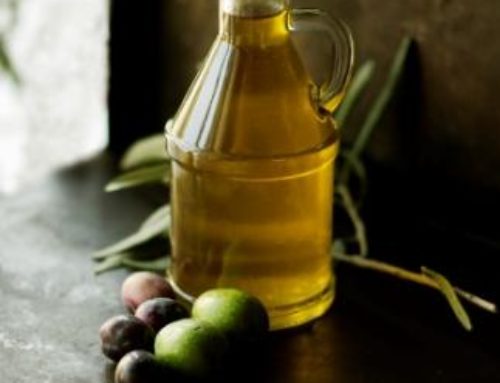




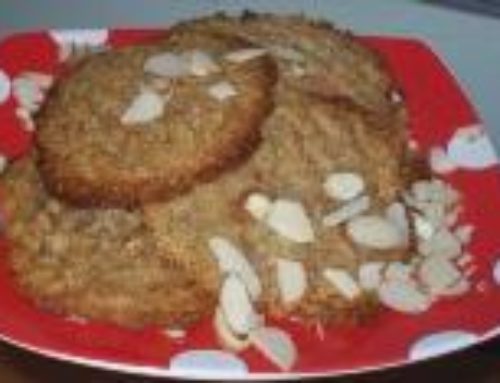
Leave A Comment